Tincture of fresh hawthorn berries
Preparation time5 min
Waiting time21 days
Ready in21 days 5 m
The elixir that strengthens the HEART
Hawthorn has been used since ancient times as an effective remedy for various ailments, especially those of the heart, helping to naturally regulate and slow down the heart rate, having a vasodilating effect. Consequently, hawthorn extract or tincture helps in preventing and combating high blood pressure, relieves you of palpitations by stabilizing the heart rate, prevents heart attack. It also supports the digestive system, regulates sleep, reduces stress, relaxes, has an anti-inflammatory effect and, thanks to the rich content of vitamins, acids, tannins and minerals, has a tonic effect on the whole body.
Servings: 166 servings
200 ml of tincture, the equivalent of ~166 servings, one serving having ~30 drops, i.e. ~1.2 ml
Ingredients
Estimated cost: 3.0 €
Materials
- 340 ml jar
Preparation
 We wash the hawthorn fruits well and choose only those unaltered fruits. Then we put them on a kitchen towel until we get rid of the excess water.
We wash the hawthorn fruits well and choose only those unaltered fruits. Then we put them on a kitchen towel until we get rid of the excess water.
We will use an alcohol concentration of at least 60% alcohol by volume (grain alcohol, brandy, palinça, brandy, vodka). We put the hawthorn fruits in the jar, without pressing them.
We put the hawthorn fruits in the jar, without pressing them. Add the alcohol until it covers the fruit and until it completely fills the container.
Add the alcohol until it covers the fruit and until it completely fills the container.
It is important to have as little air as possible in the container to avoid spoilage of hawthorn fruits (oxidation). We close the hermetically sealed jar and leave it to macerate for 3 weeks, in a place protected from light, without humidity and slightly cool (pantry, cupboard shelf, pantry, cellar).
We close the hermetically sealed jar and leave it to macerate for 3 weeks, in a place protected from light, without humidity and slightly cool (pantry, cupboard shelf, pantry, cellar).
It is good to shake the jar daily to ensure complete fusion of the hawthorn berries with the alcohol. After maceration, filtering of the tincture follows, a step which in this case is not absolutely mandatory. With the help of a sieve or cheesecloth, the liquid (our tincture) will be separated. Also, for a full clarification, the hawthorn tincture can be left to decant for 3-7 days in the refrigerator and then, without shaking the residue on the bottom, pour with care in new containers.
After maceration, filtering of the tincture follows, a step which in this case is not absolutely mandatory. With the help of a sieve or cheesecloth, the liquid (our tincture) will be separated. Also, for a full clarification, the hawthorn tincture can be left to decant for 3-7 days in the refrigerator and then, without shaking the residue on the bottom, pour with care in new containers.
→ To increase the concentration of the tincture, the process can be repeated, using the already formed tincture and other hawthorn fruits as alcohol.
→ It is recommended to store in small glass containers (100 ml), possibly with a dropper, hermetically closed.
→ It is good to label the tincture bottles with the name of the plant, the type of alcohol and the date of preparation.
→ The tincture will be stored in a cool, ventilated place, protected from light and will have a validity of 2 years from the date of preparation.
→ The tincture can also be consumed with fruits, the hawthorn seeds can be swallowed, but be careful the fruits are soaked in alcohol, 3 hawthorn fruits can be considered a portion. If it is not filtered and will be consumed as such with fruit, it is recommended that after maceration the tincture be kept cold, in the refrigerator.
Administration
→ In adults: 30 drops 3 times a day, diluted in 100 ml boiled and cooled water, preferably 30 minutes before meals.
→ One or more cures of 3-4 weeks each with one-week breaks between cures are recommended.
→ Children over 3 years old can consume the tincture only under the guidance of a doctor, generally 10-15 drops 3 times a day diluted with water.
→ One or more cures of 3-4 weeks each with one-week breaks between cures are recommended.
→ Children over 3 years old can consume the tincture only under the guidance of a doctor, generally 10-15 drops 3 times a day diluted with water.
Observations
→ To prepare the tincture, you can use both hawthorn fruits (ghergins) and hawthorn flowers.
→ In the case of flowers, the proportion is ~20 grams of hawthorn flowers for every 100 ml of alcohol over 60%.
→ When using fruit, it is important that the alcohol covers them and the jar is filled to the brim (leaving as little space as possible to the lid).
→ Hawthorn tincture can also be made from dried and finely ground hawthorn fruits.
→ You can use whole fruits with all the seeds, or you can remove the seeds (possibly the parts of the fruit can be crumbled).
→ Hawthorn tincture can be sweetened with honey, especially when it is kept with fruit, in this case we are not talking about a tincture, but rather a liqueur, but be careful, the recommended quantities must not be exceeded.
Storage and validity:
→ It is recommended to store in small glass containers (100 ml), possibly with a dropper, hermetically closed, in cool, ventilated places, away from light.
→ The validity of the tincture is 2 years from the date of preparation.
→ In the case of using everything with fruit, cold storage is recommended, and consumption within ~ 6 months of preparation.
→ In the case of flowers, the proportion is ~20 grams of hawthorn flowers for every 100 ml of alcohol over 60%.
→ When using fruit, it is important that the alcohol covers them and the jar is filled to the brim (leaving as little space as possible to the lid).
→ Hawthorn tincture can also be made from dried and finely ground hawthorn fruits.
→ You can use whole fruits with all the seeds, or you can remove the seeds (possibly the parts of the fruit can be crumbled).
→ Hawthorn tincture can be sweetened with honey, especially when it is kept with fruit, in this case we are not talking about a tincture, but rather a liqueur, but be careful, the recommended quantities must not be exceeded.
Storage and validity:
→ It is recommended to store in small glass containers (100 ml), possibly with a dropper, hermetically closed, in cool, ventilated places, away from light.
→ The validity of the tincture is 2 years from the date of preparation.
→ In the case of using everything with fruit, cold storage is recommended, and consumption within ~ 6 months of preparation.
Effects and benefits
- has a vasodilating action, coronary vasodilator (improves heart irrigation by dilating the coronary arteries);
- activates blood circulation in the blood vessels of the heart;
- recommended for those suffering from hypertension (high blood pressure);
- helps normalize blood pressure (chlorogenic acid);
- recommended for those suffering from atherosclerosis;
- adjuvant in cardiac rhythm disorders (ischemia, tachycardia, palpitations, extrasystoles);
- adjuvant in heart failure, angina pectoris;
- adjuvant in heart attack prevention (reduces the risk of heart attack);
- beneficial action on blood vessels;
- tones the capillary walls;
- good for the brain, improves blood circulation in the brain;
- good for insomnia, helps fight sleep disorders;
- reduces stress, reduces nervousness, improves mood;
- helps to eliminate increased anxiety;
- has a sedative effect;
- adjuvant in specific symptoms of premenopause (hot flashes, palpitations, restlessness);
- anti-inflammatory effect;
- helps to reduce pain and discomfort caused by rheumatism;
- supports the digestive system;
- helps to normalize digestion;
- fights indigestion;
- prevents impotence, due to its ability to improve blood circulation in the small pelvis;
- tonic effect, being rich in vitamins, acids, tannins and minerals;
Side effects
- exceeding the doses can lead to unwanted reactions such as: poisoning, low blood pressure, cardiac arrhythmias, dizziness and sedation;
- having a mild sedative effect, it can influence the ability to drive vehicles or use machines;
Contraindications
- contraindicated in pregnancy and breastfeeding;
- contraindicated for those with hawthorn allergy;
- contraindicated for children under 3 years of age, and for older children, definitely ask for a doctor's recommendation;
- contraindicated for those with serious illnesses that impose restrictions on alcohol, even if the dose is very small.
Another information
→ Hawthorn fruits are also called ghergins and resemble a miniature apple, in shape, the size of a pea, red in color.
→ Hawthorn fruits have a sweet and sour taste, and have healing properties for the circulatory system, spleen-pancreas, stomach and liver. It promotes digestion, removes indigestion, increases blood circulation, removes stagnation and intestinal worms.
→ The louse improves the blood circulation process, thus ensuring an even distribution of oxygen in the body cells.
Thus, hawthorn has the ability to regulate heart rhythm disorders, lower blood pressure and exert a calming effect on the nervous system.
→ Practically, hawthorn acts as a coronary vasodilator, activates blood circulation in the blood vessels of the heart, being recommended for those suffering from hypertension or atherosclerosis.
→ Hawthorn fruits have a sweet and sour taste, and have healing properties for the circulatory system, spleen-pancreas, stomach and liver. It promotes digestion, removes indigestion, increases blood circulation, removes stagnation and intestinal worms.
→ The louse improves the blood circulation process, thus ensuring an even distribution of oxygen in the body cells.
Thus, hawthorn has the ability to regulate heart rhythm disorders, lower blood pressure and exert a calming effect on the nervous system.
→ Practically, hawthorn acts as a coronary vasodilator, activates blood circulation in the blood vessels of the heart, being recommended for those suffering from hypertension or atherosclerosis.
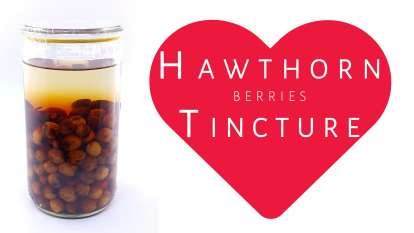
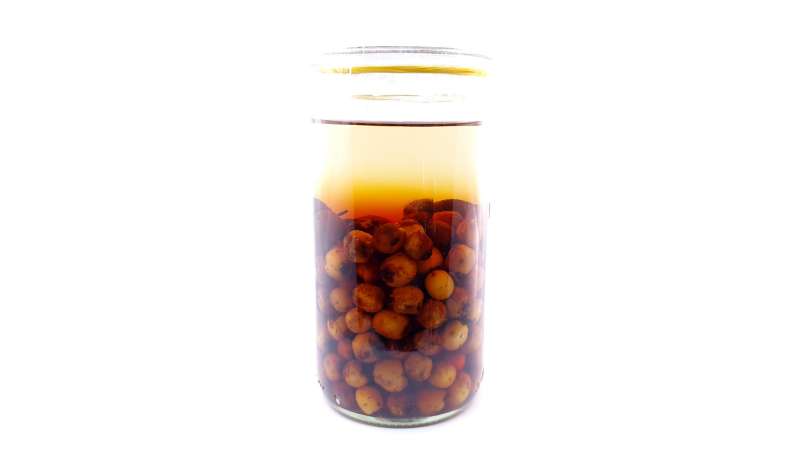
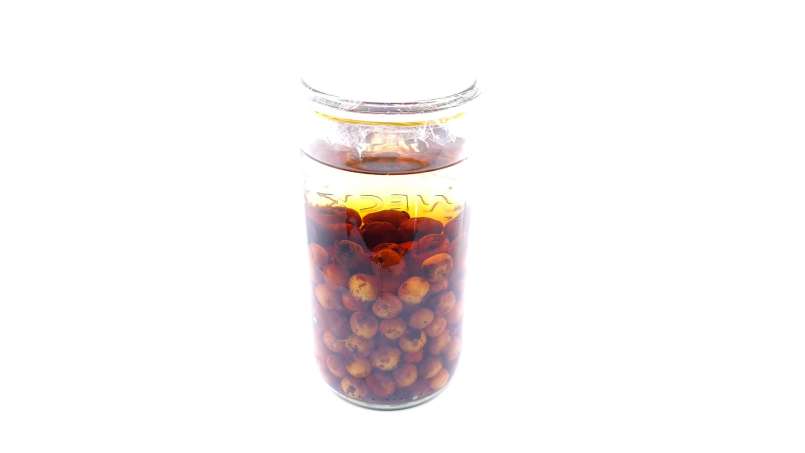



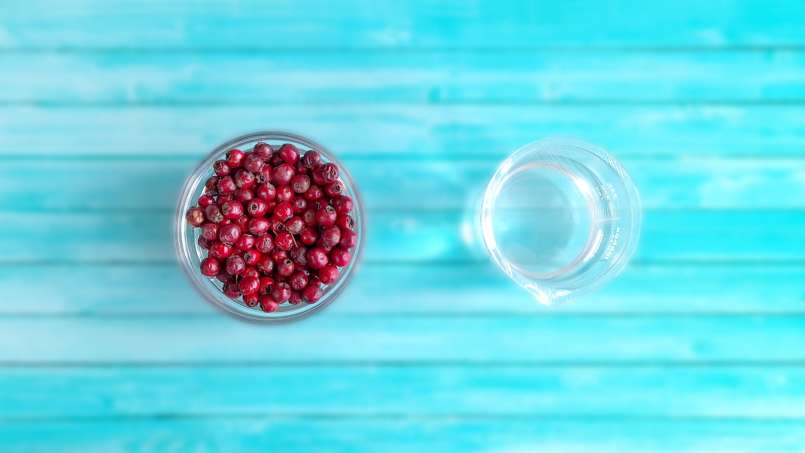
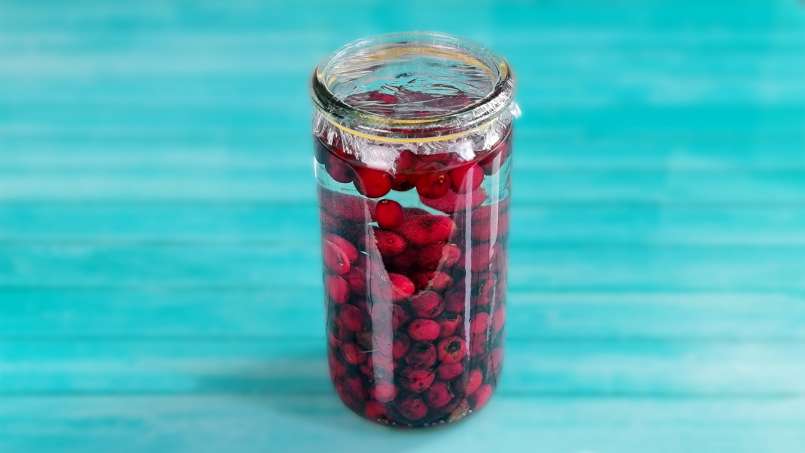
Comments